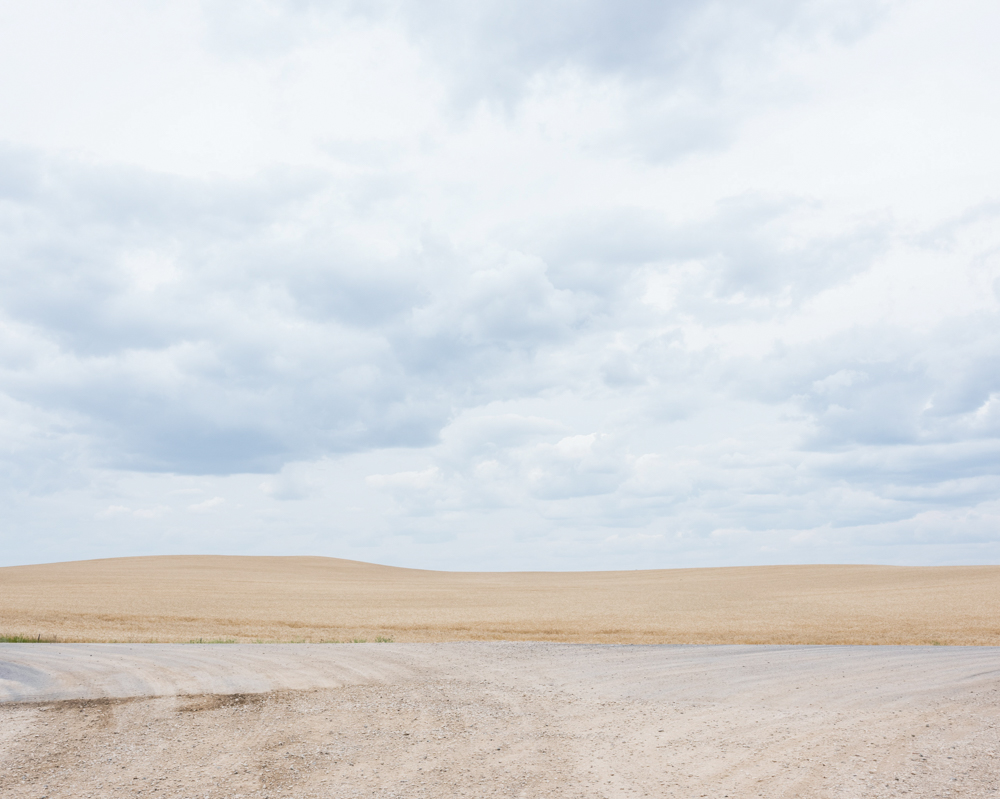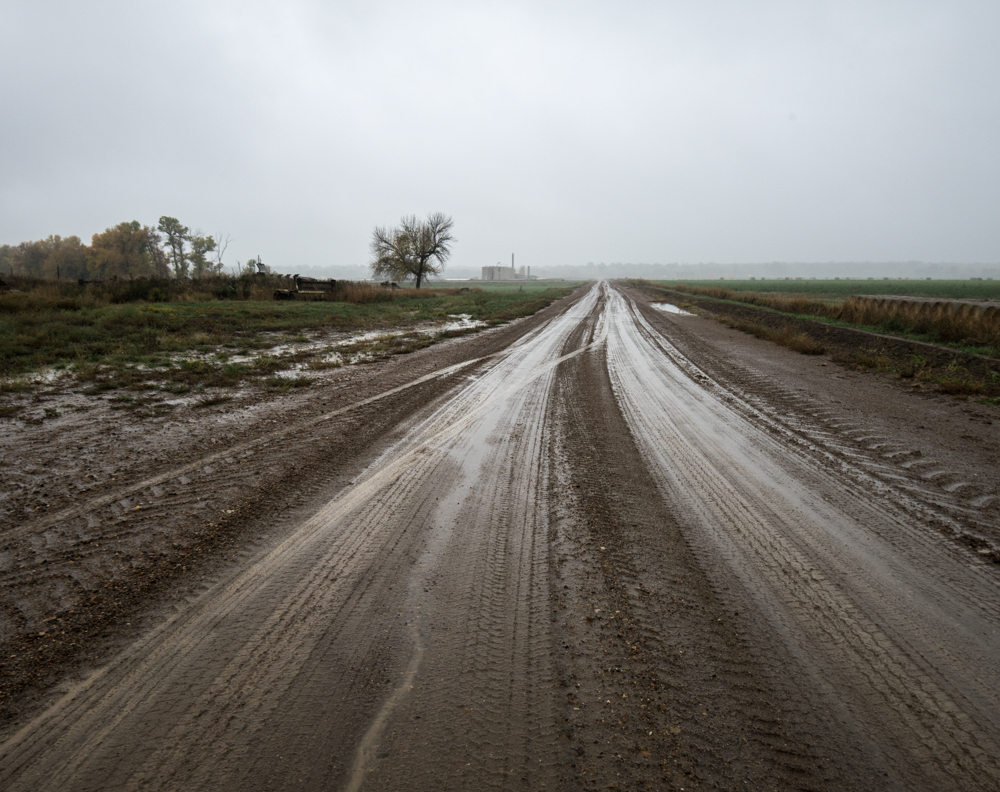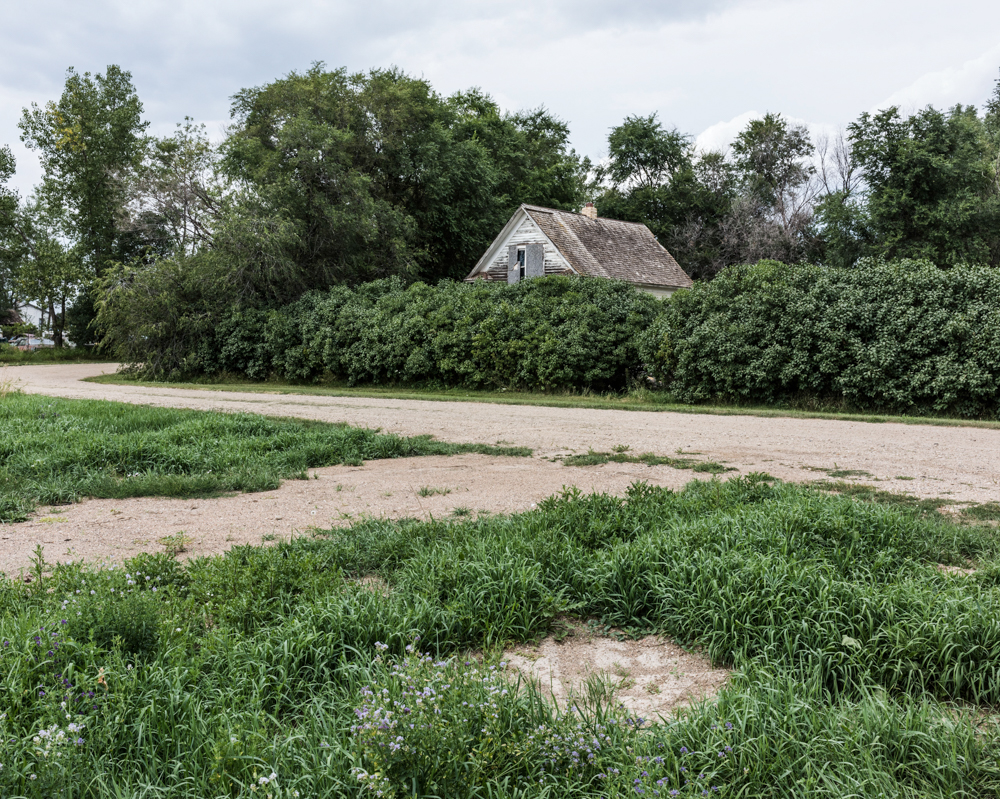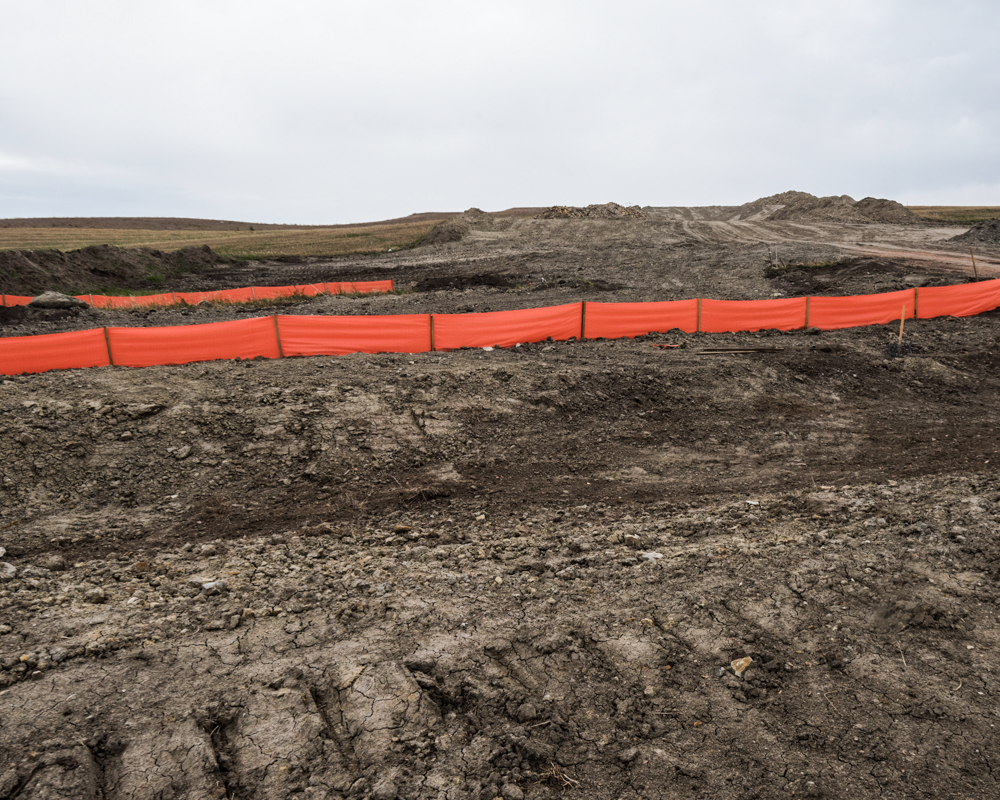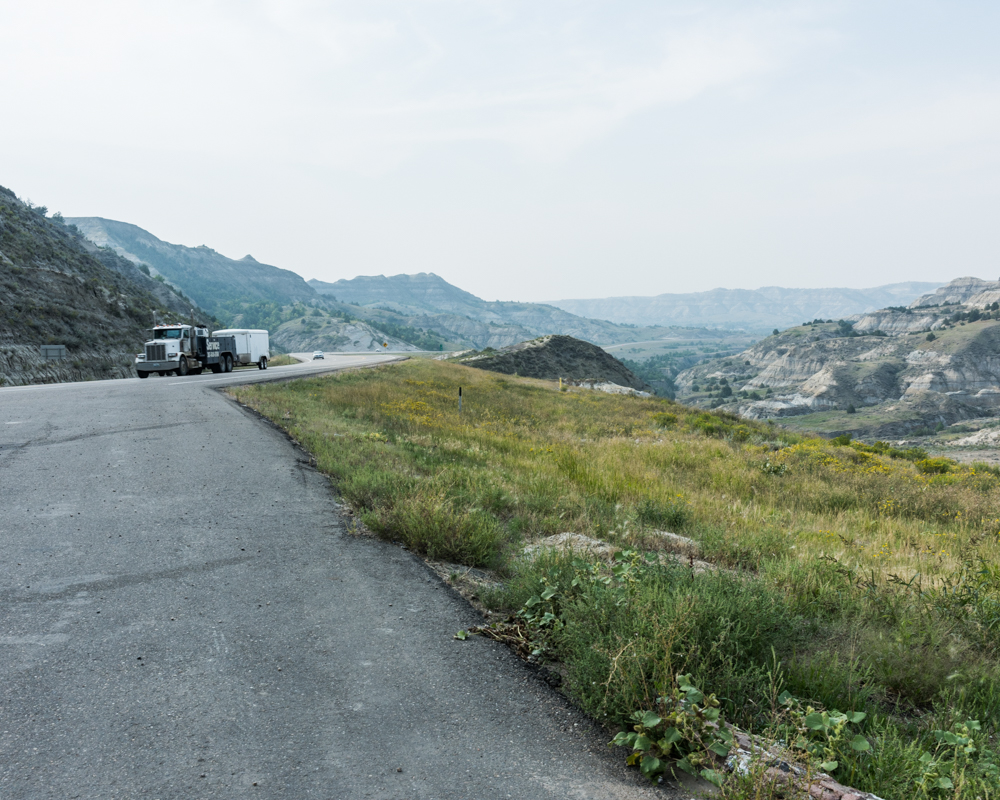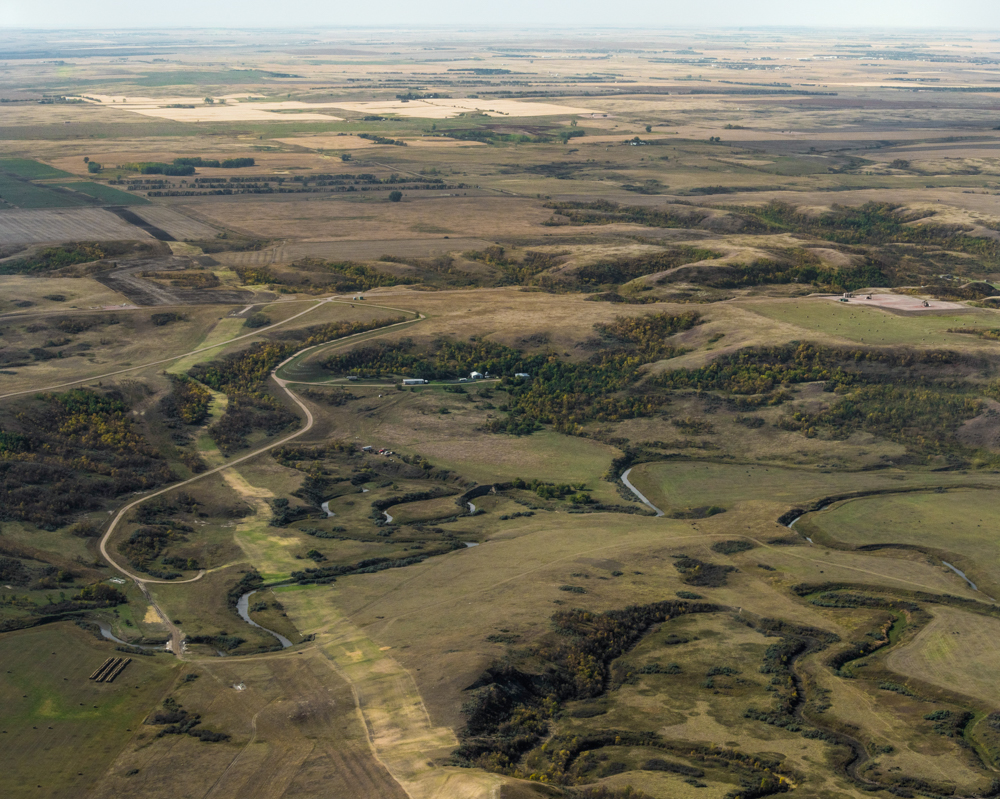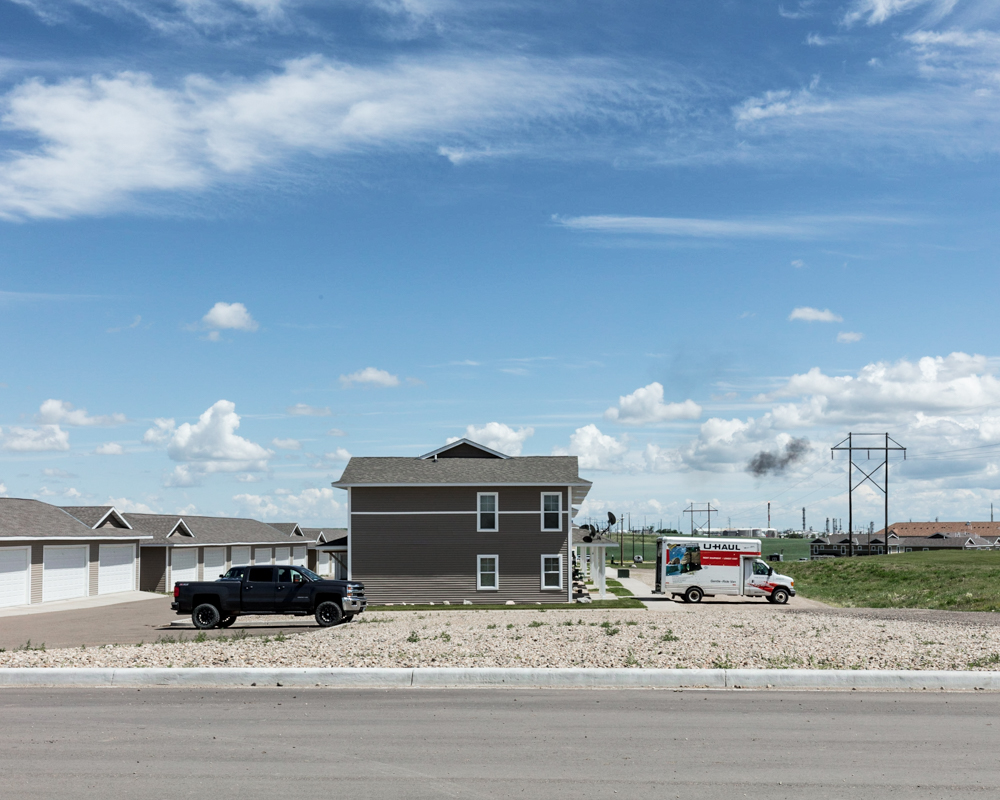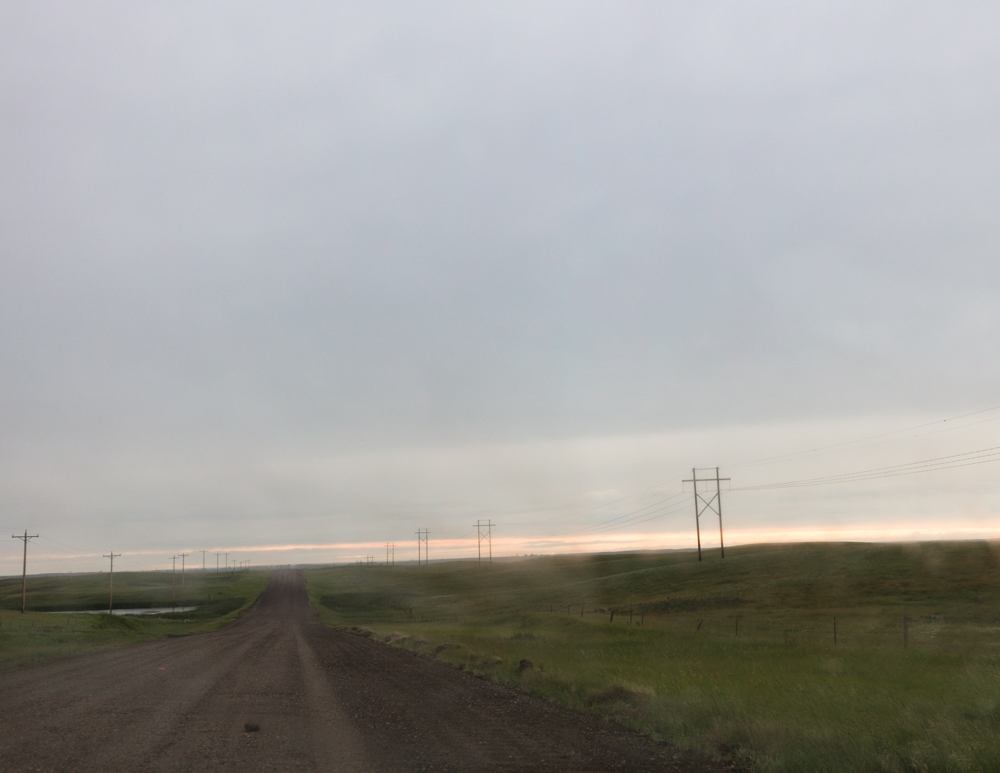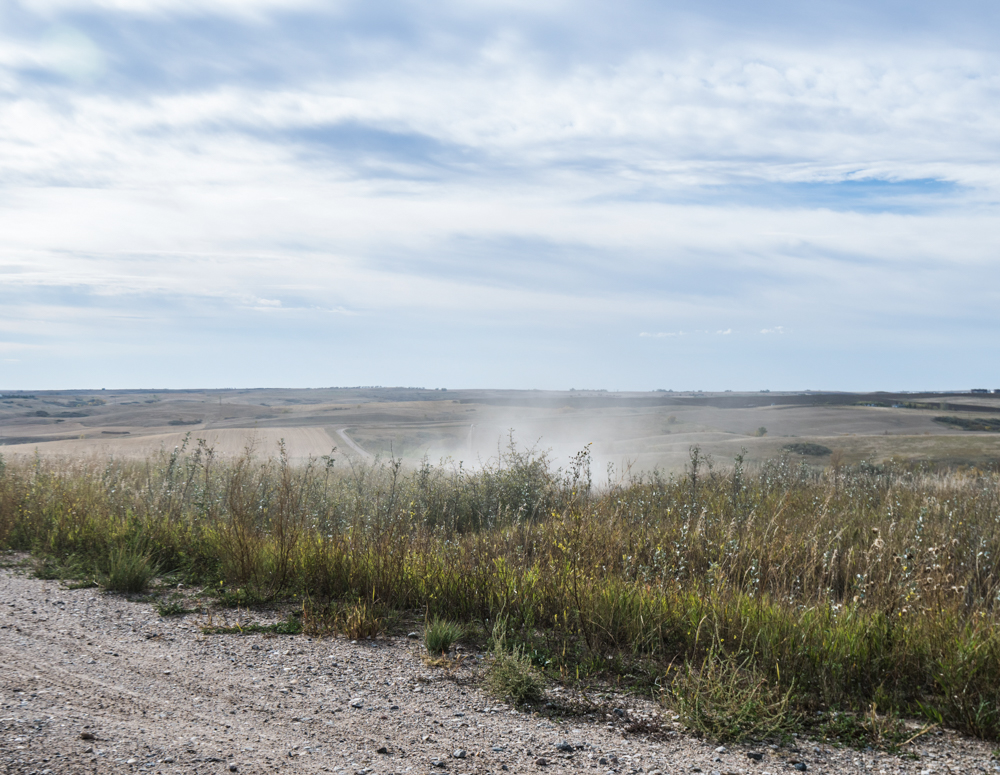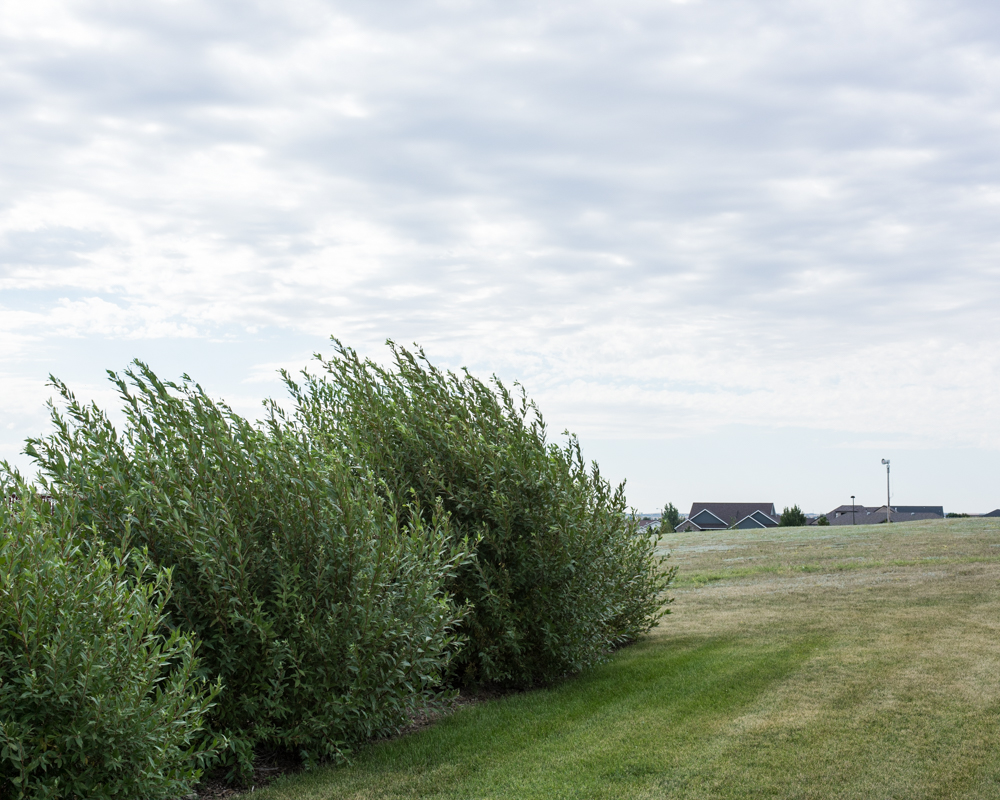Meghan Kirkwood: The States Project: North Dakota
Earlier this year, Meghan Kirkwood shared a week of posts on South African photographers, introducing us to some terrific projects, so I knew she would make an excellent North Dakota States Project Editor. Meghan is a prolific photographer, with projects from around the globe: portraits from Monogolia, environmental landscapes from South Africa, Arkansas, New Hampshire, North Dakota, Minnesota, and more. Today we share her project Production Landscape that looks at hydraulic fracturing and horizontal drilling technologies in the the Bakken region of western North Dakota.
Meghan Kirkwood is an Assistant Professor at North Dakota State University where she teaches Photography and Foundations Design. She earned a B.F.A. from Rhode Island School of Design, an M.F.A. from Tulane University, and PhD in African Art from the University of Florida. Kirkwood’s photography has been exhibited throughout the U.S., Europe, Mexico, and South Africa. In 2019 Kirkwood will begin working as an Assistant Professor at Washington University in St. Louis.
Kirkwood’s photography interests range in scope from individual relationships to national histories to proposals for a landscape photography representative of Aldo Leopold’s “land aesthetic.” Her experiments with landscape images and research into the history of the genre represent a long-term interest in the ways artistic representations of land help generate and sustain values and attitudes toward the natural environment. In tandem with her studio practice, Kirkwood also researches in the fields of African art and the history of photography.
Production Landscape
This series explores the evolution of a production landscape: the Bakken region of western North Dakota. In response to new developments in hydraulic fracturing and horizontal drilling technologies this remote area made up of large ranches and national parks experienced one of the largest natural resource development booms in the twenty-first century. The rapid rate of oil and natural gas extraction led to the construction of the Dakota Access Pipeline (DAPL), which garnered national and international attention to rural North Dakota as a result of protests from members of the Standing Rock Sioux tribe and numerous Native and Non-Native supporters.
J.B. Jackson’s describes a landscape as “a ‘synthetic’ space, a man-made system of spaces superimposed on the face of the land, functioning and evolving…a composition of man-modified spaces to serve as infrastructure or background for our collective existence.” The Bakken region has been developed for maximum agricultural and energy production since the late nineteenth-century. During most recent boom, however, oil and gas companies reshaped the landscape at unprecedented scale. New roads, well-pads, and unfinished housing developments now stand in place of open fields. Hundreds of miles of new pipelines — including large stretches of the 1,172 mile Dakota Access Pipeline — are now etched into native North Dakota rangelands. For many long-time residents, the region has changed beyond recognition.
These photographs explore this growth within the context of a land set aside for resource development. The series asks what it means to show the impacts of small and large changes — dust, traffic, pipeline construction — that combine to transform a landscape, a region, and a home. Further, it seeks to add context to public discussion about natural resource extraction in the United States by visualizing which places bear the costs of oil and natural gas development.
Tell us about your growing up and what brought you to photography?
I grew up in a small town in southern New Hampshire and stayed there until I went to Argentina for part of my high school. After I came back I signed up for a photography class and quickly grew to love the darkroom. The conceptual and technical challenges of the medium inspired me—whether it was trying to develop an interpretive series or (attempting to) recreate a Jerry Uelsmann image.
Prior to this week, you shared a week of work by South African photographers with the Lenscratch readers. What is your connection with South Africa?
My connection with South Africa grew from my dissertation research on South African photographers who work with landscape imagery. In South Africa many young artists use landscape images to draw attention to social and economic imbalance across the modern landscape, going beyond environmental issues to address land as a site of nation building, and very literally a surface on which visual legacies of the apartheid era have been imprinted. My project examined this relationship and through this work I had the opportunity to meet and interview an incredible group of photographers. Since I finished my dissertation I’ve continued to work in South Africa, and connect with even more photographers, many of whom were part of the Lenscratch feature.
How did you find the photographers you selected this week?
Some of the photographers I knew previously and others I learned about through curating this feature. For example, a fellow photographer suggested that I look into Kalen Goodluck’s work, which I then learned about through the Natives Photograph website. Others, such as Meghan Duda, are artists that I’ve had the pleasure of knowing since I moved to the area.
Does anything define a North Dakota photographer? Does the place impact the the work you make?
I think North Dakota photographers are incredibly resourceful and committed. Photographers who work in this state have to make things happen for themselves—whether it’s building an artistic community or developing the resources they need to sustain their own practice. There are great things happening in the state, but one can feel isolated. I think North Dakota photographers have found ways to use this to their creative advantage.
What drew you to the subject matter of your recent project, Production Landscape?
I first moved to the area in 2014—right at the end of the peak oil boom. Learning about the Bakken region and the ways in which the boom (through new extraction technologies) was reshaping the landscape felt like something I had to do to understand the state. Fargo, for example, is over four hours away from the oil fields, but the effects of the boom could still be observed here. I spent more time in the region after those first trips in 2014 and became even more interested in how oil development had transformed the region, and how I could talk about those changes in my work.
And finally, describe your perfect day.
A perfect day would be coffee, time in the studio, a long run, and some time to read. Most days I get to at least two or three of those, so I’d say I’ve got it pretty good.
Posts on Lenscratch may not be reproduced without the permission of the Lenscratch staff and the photographer.
Recommended
-
Aaron Rothman: The SierraDecember 18th, 2025
-
Photographers on Photographers: Congyu Liu in Conversation with Vân-Nhi NguyễnDecember 8th, 2025
-
Linda Foard Roberts: LamentNovember 25th, 2025
-
Arnold Newman Prize: C. Rose Smith: Scenes of Self: Redressing PatriarchyNovember 24th, 2025
-
Spotlight on the Photographic Arts Council Los AngelesNovember 23rd, 2025



